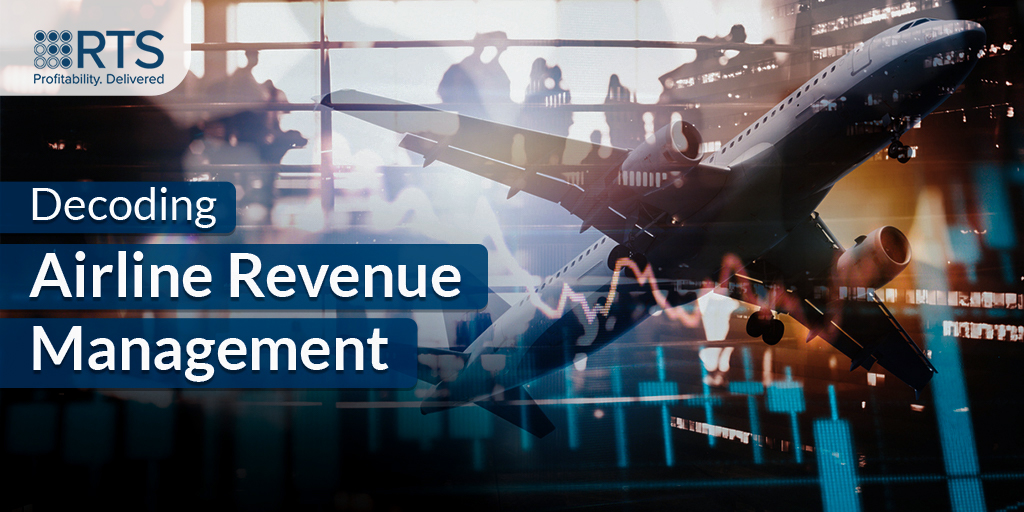Imagine a bustling digital marketplace. Every click, every search, every purchase is like a customer walking into a store and leaving footprints. These are not just any footprints; they are insights, revealing the customer’s preferences, habits, and desires.
In the world of Revenue Management (RM), reading these footprints becomes crucial. As businesses evolve, they are moving away from traditional instincts to follow these data-driven trails, leading to smarter and more profitable decisions.
Let us follow one such trail of airline revenue management.
Mapping the Historical Pathways
In the earlier days, airline revenue management was similar to an art form, guided by science, mastered over time and polished through experience. Traditional approaches to RM methodologies were grounded in time-tested statistical models and demand forecasts. Methods like the Expected Marginal Seat Revenue (EMSR) were widely utilized. The core idea behind these models was straightforward: estimate future demand and adjust prices to maximize revenue.
However, while these methods provided a reasonable framework for decision-making, they often lagged in real-time adaptability. Rapid changes in market conditions, unforeseen events, or sudden spikes in demand could throw off these predictions, leading to lost revenue opportunities.
Understanding Bid Prices
One of the pillars of conventional airline revenue management is bid prices. A bid price, simply put, is the minimum amount at which an airline is willing to sell a product or service, say, an airline seat. Instead of setting fixed prices, airlines would dynamically adjust bid prices based on demand, time, and other factors. The idea? To optimize the revenue by ensuring that seats are sold at the most profitable rates.
A Data-Driven Twist to Bid Prices
But what if we could make bid prices even more precise?
Enter the data-driven approach. Unlike traditional methods that relied on broad forecasts, the data-driven approach focuses on real-time data. This includes browsing behaviors, purchase histories, and even social media trends.
For instance, let us say data indicates a surge in interest for a destination due to a viral social media post about an upcoming festival. A data-driven airline revenue management system would immediately adjust bid prices for flights to that destination, capitalizing on the spike in demand. Such agility is unattainable with traditional models.
The Future of Bid Price Generation
The heart of this evolution lies in AI algorithms. While traditional models can process large sets of past data to make forecasts, AI examines high volumes of real-time data to generate bid prices on-the-fly.
Let us take a hypothetical example: Consider an airline that operates multiple flights between New York and Paris. Using AI, it can analyse the purchasing behaviors of customers in real-time, determine the popularity of certain dates and times, assess global events that might affect travel (like a major sports event or a conference), and then instantly adjust bid prices to maximize revenue.
Moreover, the strength of AI lies in its learning capability. Over time, as it processes more data, it can identify patterns that might be invisible to human analysts. For instance, it might notice a subtle correlation between weather patterns and the likelihood of flight cancellations and hence a potential reduction in seats availability to adjust bid prices in real time.
The Data-Driven Path Ahead
The integration of data and AI in airline revenue management is not just a fancy tech upgrade. It is a paradigm shift that redefines how businesses perceive value, customer behavior, and profit optimization. As we sail further into this digital age, the confluence of data and RM promises not just enhanced revenues but also a deeper understanding of the markets we serve.
Remember, in the vast library of business insights, its data that now writes the most compelling stories.
